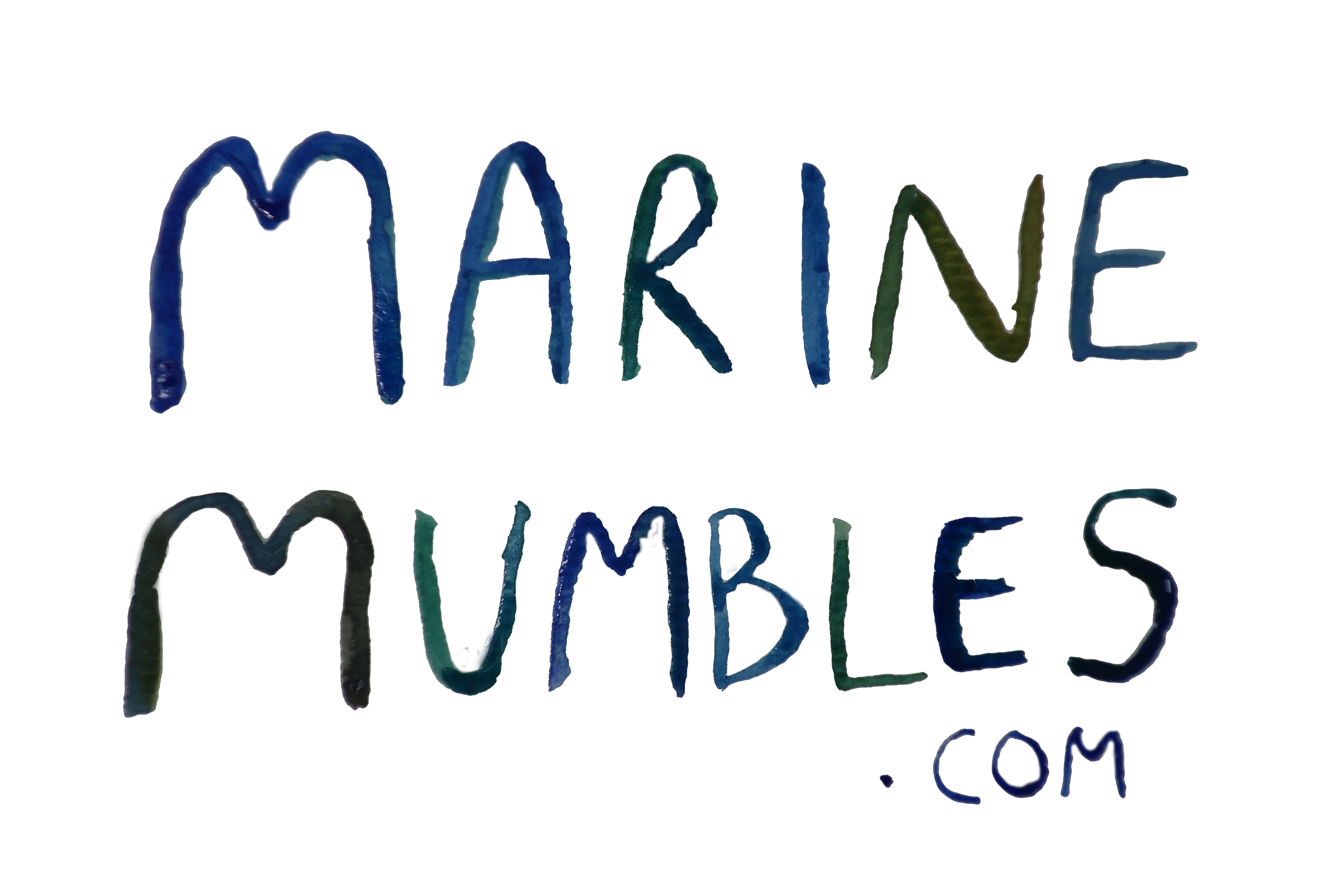Manatees are often referred to as sea cows! I am also a big fan of land cows but these top land cows by miles and the fact that these gorgeous fat blobs can also slowly plod through the ocean makes me ridiculously happy to be on this planet!
Now I have a confession, although I wanted to try keep this website to species I have seen myself, I haven’t actually seen a manatee! However, when I went to Puerto Rico we did except to see them and the whole group was super excited, but they were nowhere to be found. (Actually, one person actually got to swim with them and no I am NOT BITTER AT ALL, but we just don’t talk about that). Anyway… since manatees are so adorable, and I was so excited to see one I am doing this post in hope that next time I will be lucky enough to spot one!
Manatees are mammals like dolphins and whales; they therefore can hold their breath underwater but do need to return to the surface to breathe. During extreme energetic bursts they may have to return to the surface every thirty seconds but at rest they can hold there breathe for 20 minutes, the average is 5-7 minutes when they’re swimming. This however can cause issues because they must always remain close to the surface and this is where they’re most vulnerable to being hit by boats. In Puerto Rico there were specific zones in the water with signs labelled to slow down. If boats go too fast they may not see the grey lump in front of them and manatees are no where near quick enough to move out of the away, they called sea cows for a reason. Although, the skippers we used stuck to those rules, it was clear that some boats didn’t. This really is a real shame as direct collision is one of the main killers of manatees and also one of the easiest threats to rectify with a bit of care and attention.
The fact that manatees stay close to the surface also means they can be seen with loads of algae growing on their backs. This is because of how slow manatees move and the fact that light can easily penetrate the surface of the water. Therefore their backs can be the perfect place for algae to set up home. Manatees backs could also be considered be thought of a cruises for algae, or maybe that’s just the way I think?
But, manatees have a bit of an odd relationship with algae. Other algae species can cause harmful toxic algal blooms which kills off all the seagrass which manatees feed on. These mass blooms of toxic algae can be triggered in summer if there is too much nutrients in the water running off from land. In some cases manatees have been shown to turn to eating red algae, which causes complications with digestion, or they can starve. Either way these events often lead to mass death. However, as mass manatee die offs are usually well publicised, as washed up manatees is a shocking a poignant sight, there is a slight silver lining in that it can lead to extra measures to be taken to prevent such episode in be future.
Nevertheless the West Indian Manatee is still a threatened species and appears on the IUCN redlist as vulnerable. But luckily these cute bundles of blob are still around and I am super excited to hopefully swim with them one day. Its also worth noting that manatees are important part of the food web for sea grass ecosystems, which I didn’t cover in this post today. The importance of seagrass ecosystems requires a much much much longer post so I will leave that for another time!
Hope you enjoyed reading, and have better luck seeing manatees than I did! Please follow me on twitter and Instagram and comment below any questions or comments!
P.S. The above manatees were named Gertrude (left) and Bernard (right), I highly recommend naming everything and anything that can be named for added happiness in your life!


Fab art work and great article !